Fence Colors: Curb Appeal Magic!
Fence Colors: Curb Appeal Magic!
Your fence is more than just a boundary; it's a significant design element that dramatically impacts your home's curb appeal. Choosing the right color can transform your property, enhancing its aesthetic value and creating a welcoming atmosphere. This comprehensive guide delves into the world of fence colors, offering expert advice and inspiration to help you make the perfect choice.
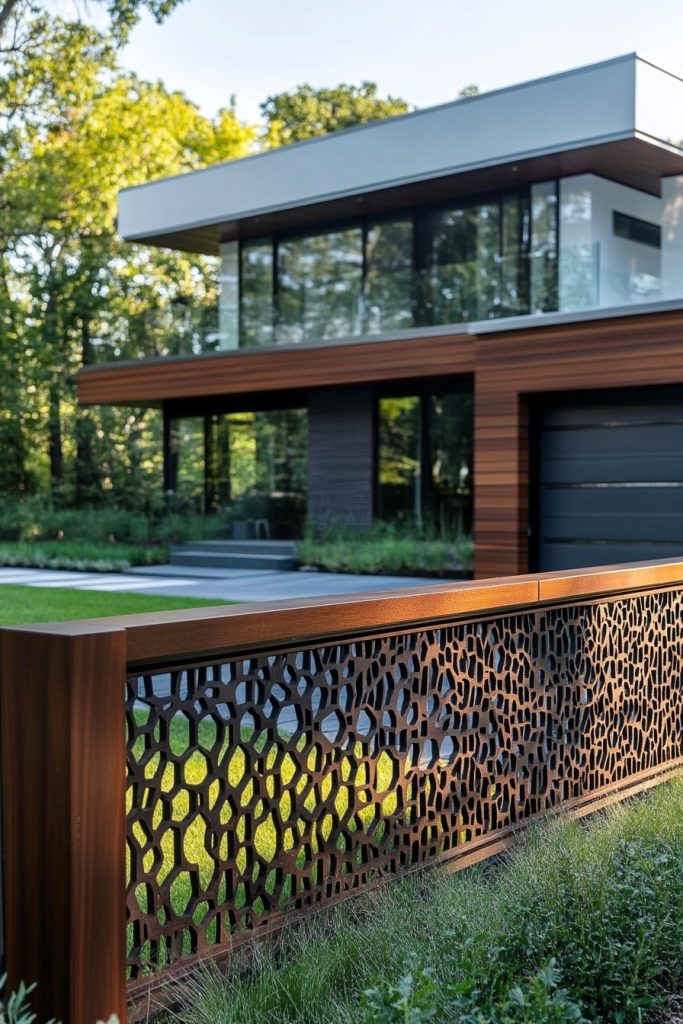
Understanding the Impact of Fence Color
The color of your fence interacts with your home's exterior, landscaping, and the overall neighborhood aesthetic. A well-chosen color can:
- Enhance your home's architectural style: A classic white picket fence complements a traditional home, while a bold, dark gray fence might suit a modern design.
- Create a sense of privacy and seclusion: Darker fence colors can create a feeling of enclosure and privacy, while lighter colors tend to feel more open and airy.
- Boost your property value: A well-maintained fence with a visually appealing color can significantly increase your home's market value.
- Complement your landscaping: Consider the colors of your plants, flowers, and other landscape features when selecting a fence color. A harmonious color palette creates a cohesive and visually pleasing outdoor space.
- Reflect your personal style: Your fence color is a reflection of your personal taste and can contribute to your home's unique character.
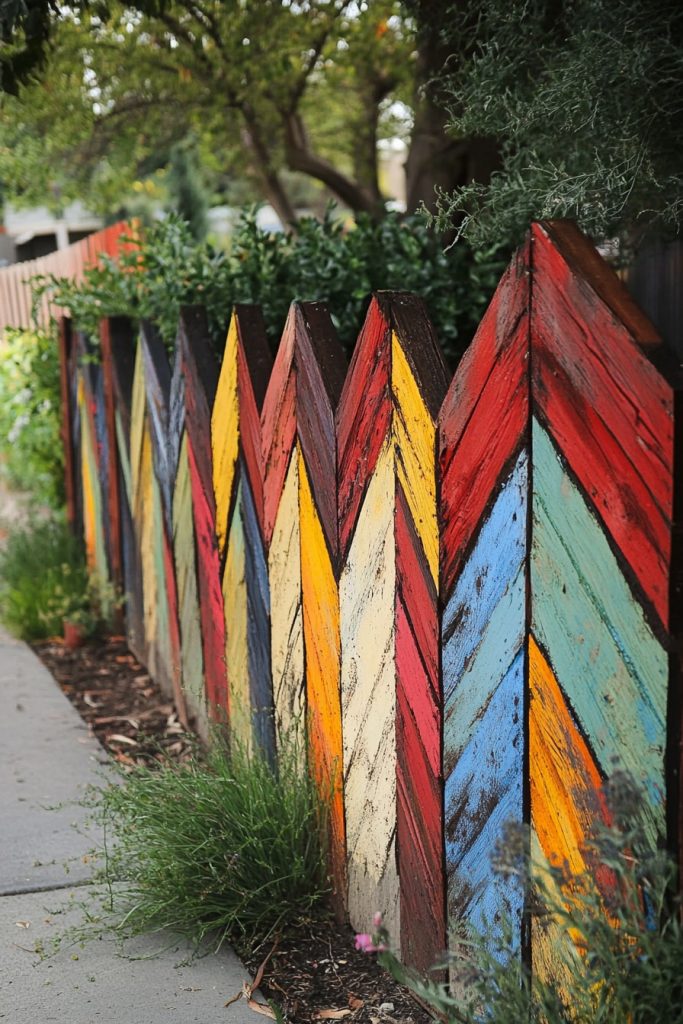
Color Psychology and Fence Selection
Color psychology plays a significant role in how we perceive our surroundings. Understanding the emotional impact of different colors can guide your fence color selection:
- White/Cream: These colors evoke a sense of cleanliness, simplicity, and classic elegance. They are versatile and complement a wide range of architectural styles and landscaping. However, they can show dirt more easily.
- Black/Dark Gray: These colors project sophistication, modernity, and a sense of privacy. They can make a statement and create a dramatic visual impact. However, they can absorb more heat and appear smaller in smaller yards.
- Brown/Beige: Earthy tones like brown and beige offer a natural, rustic feel, blending seamlessly with the environment. They are timeless and require minimal maintenance. They can however lack the visual impact of bolder colours.
- Green: Green fences offer a harmonious blend with nature, creating a tranquil and inviting atmosphere. Different shades of green can complement various landscaping styles. However, ensure it doesn't clash with the colour of your plants.
- Blue/Gray-Blue: These colors provide a calm and serene ambiance. They are sophisticated and often found in coastal or Mediterranean-inspired designs. However, they might not suit all architectural styles.
- Red: Red fences are bold and energetic, making a strong statement. They are eye-catching and create a warm, inviting feel. They may however not be ideal for all neighbourhoods and home styles.
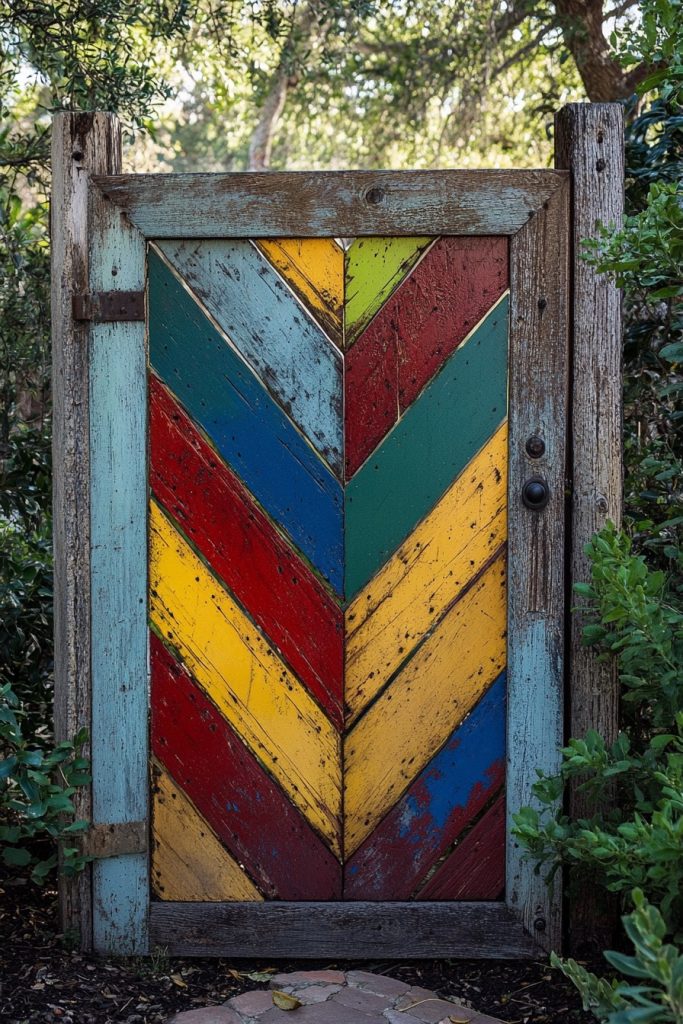
Considering Your Home's Exterior
Your home's exterior plays a crucial role in determining the best fence color. Here are some key considerations:
- Home's Color: Choose a fence color that complements or contrasts with your home's exterior. Complementary colors create a harmonious look, while contrasting colors offer a striking visual effect. Consider using a color wheel to find complementary and contrasting colours.
- Architectural Style: The style of your home should influence your fence color selection. A Victorian home might pair well with a classic white or dark brown fence, while a modern home might benefit from a sleek, gray or black fence.
- Roof Color: The color of your roof can also impact your fence color choice. Consider creating a color palette that incorporates the roof, home exterior, and fence color for a cohesive and visually pleasing result.
- Brickwork: If your home features brickwork, choose a fence color that harmonizes with the brick's shade. Consider using a similar color family or a complementary shade for a balanced appearance.
- Other Exterior Features: Take into account other exterior features, such as your siding, trim, and windows, when selecting a fence color.
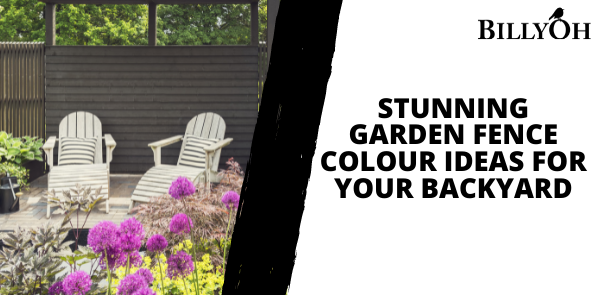
Choosing the Right Paint or Stain
Once you've selected your ideal fence color, you'll need to choose the right paint or stain.
- Paint: Paint provides a durable, long-lasting finish with a wide range of color options. It's ideal for fences that require a solid color and good protection from the elements. Ensure you select a paint specifically designed for exterior use and capable of withstanding the local climate.
- Stain: Stain penetrates the wood, enhancing its natural grain and providing protection from the elements. It offers a more natural look than paint, but it may require more frequent reapplication. Choose a stain that's appropriate for your wood type and the climate.
- Semi-Transparent vs. Solid Stains: Semi-transparent stains allow the wood grain to show through while adding color, while solid stains provide a more opaque finish similar to paint.
:max_bytes(150000):strip_icc()/fence-color-ideas-GettyImages-1400114282-325dafa07dc24c2d85ae2b21bb791e2a.jpg)
Practical Considerations: Maintenance and Longevity
The longevity and maintenance of your fence depend heavily on the chosen colour and finish:
- Darker Colors: Absorb more heat, leading to faster fading and potential damage. They may require more frequent maintenance and repainting.
- Lighter Colors: Reflect sunlight, minimizing heat absorption and extending the life of the paint or stain. They generally require less maintenance.
- UV Protection: Choose paints and stains with UV protection to safeguard your fence from sun damage and extend its lifespan. Regular cleaning and maintenance will prolong its life and appearance.

Beyond Color: Enhancing Fence Appeal
Beyond the color itself, consider these factors to maximize your fence's curb appeal:
- Fence Material: The material of your fence significantly impacts its look and feel. Wood, vinyl, metal, and composite materials each offer unique aesthetic qualities.
- Fence Style: The style of your fence—picket, privacy, split rail, etc.—contributes to the overall appearance.
- Landscaping: Careful landscaping around your fence can dramatically enhance its visual appeal. Plants, flowers, and other landscape elements can soften the fence's appearance and create a cohesive outdoor space.
- Lighting: Adding outdoor lighting to illuminate your fence can enhance its beauty and create a welcoming atmosphere at night.
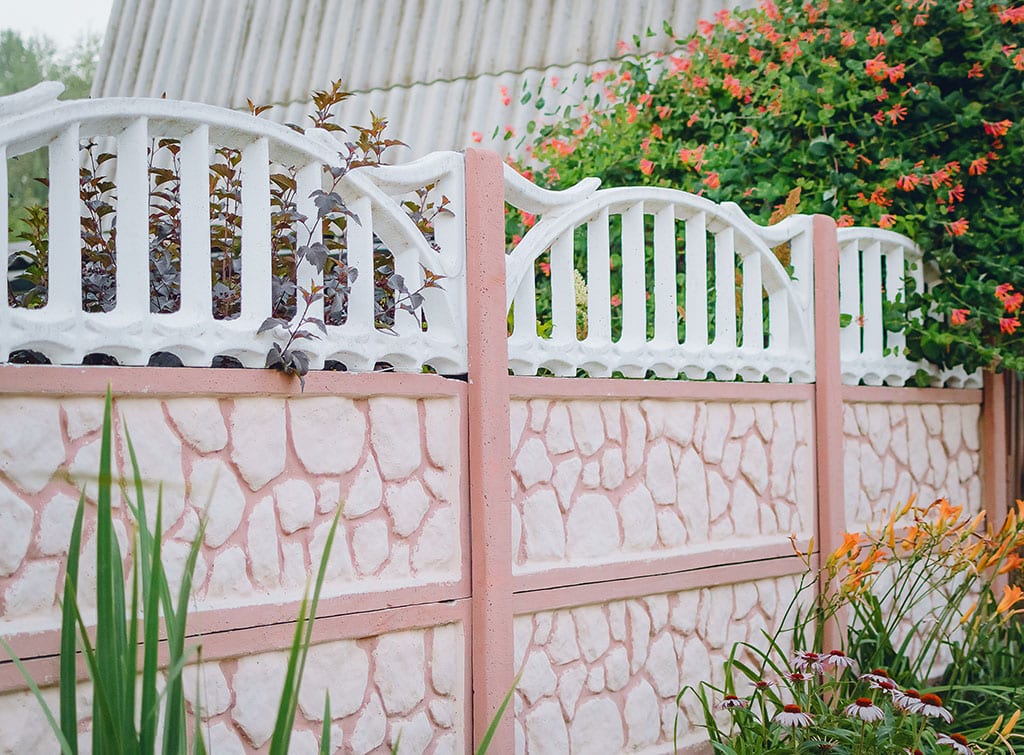
Gathering Inspiration and Making the Final Decision
Before making a final decision, gather inspiration from various sources:

- Online resources: Explore websites, blogs, and social media platforms showcasing different fence colors and styles. Pinterest and Houzz are excellent resources for visual inspiration.
- Neighborhood walks: Observe fences in your neighborhood to see what styles and colors are popular and how they complement different homes.
- Professional advice: Consult with a landscaping professional or contractor for expert advice on choosing the right fence color and style for your home.
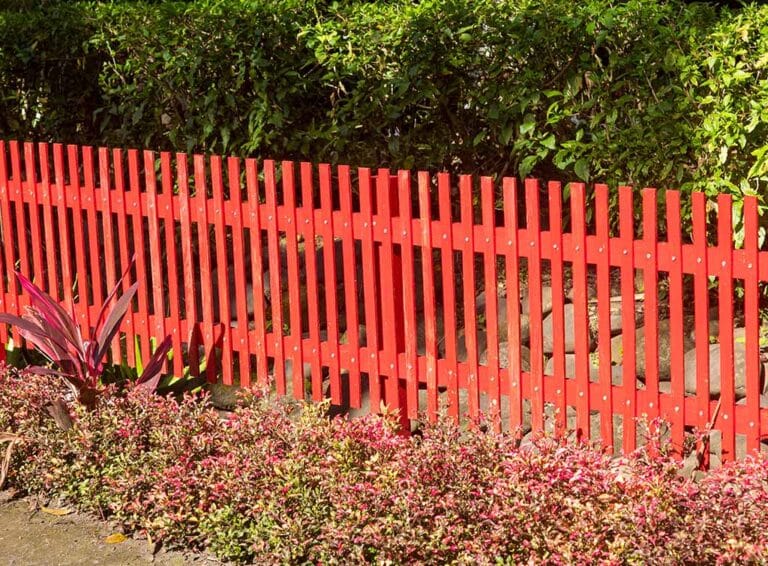
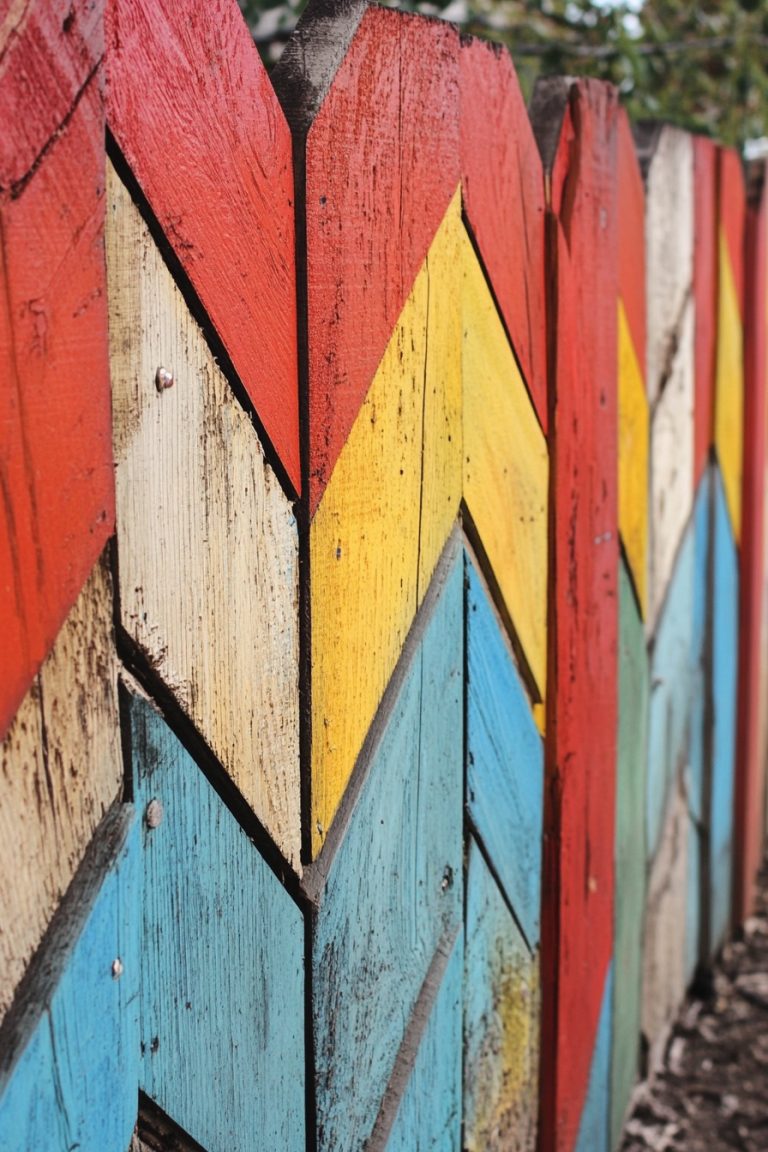
Choosing the right fence color is a crucial decision that impacts your home's overall aesthetic and value. By considering the factors discussed above, including color psychology, your home's architecture, and practical considerations, you can select a fence color that enhances your curb appeal and creates a stunning outdoor space. Remember, your fence is a significant design element, and the right color choice can truly transform your property into a welcoming and visually stunning haven.

Fence Frenzy: Color Schemes That Wow!
Your fence isn't just a boundary; it's a statement. It's the first line of defense against the elements, a protector of privacy, and a crucial element in your home's curb appeal. But beyond its functional role, your fence presents a fantastic opportunity to inject personality and style into your landscape design. Choosing the right fence color and color scheme can dramatically transform your outdoor space, elevating it from ordinary to extraordinary. This comprehensive guide dives deep into the world of fence color, exploring various color palettes, psychological effects, and practical considerations to help you achieve the "wow" factor you desire.
Understanding the Power of Color

Before we delve into specific color schemes, it's essential to grasp the psychology of color and how it impacts our perception of a space. Color psychology plays a significant role in creating the desired mood and atmosphere. Warm colors like reds, oranges, and yellows evoke feelings of energy, warmth, and excitement. They can make a space feel more inviting and vibrant. Cool colors such as blues, greens, and purples, on the other hand, project a sense of calm, serenity, and sophistication. They can create a more tranquil and relaxing environment. Neutral colors like grays, beiges, and whites offer versatility and allow other elements in your landscape to take center stage.
Consider the overall style of your home and surrounding landscape when selecting your fence color. A rustic home might benefit from a natural wood stain or a deep, earthy tone, while a modern home might look stunning with a sleek, gray or black fence. The color scheme should complement, not clash, with the existing elements.
Popular Fence Color Schemes and Their Impact

Let's explore some popular and impactful fence color schemes, categorized for easier navigation:
1. Classic and Timeless: Neutral Elegance
Neutral colors are the epitome of versatility. They provide a clean, sophisticated backdrop that allows your landscaping, house, and other outdoor features to shine. Gray fences, in various shades from charcoal to light gray, are incredibly popular. They offer a modern, understated elegance that complements a wide range of architectural styles. Beige and cream fences exude a warm, inviting feel, particularly suitable for homes with a traditional or farmhouse aesthetic. These colors blend seamlessly with the surroundings and require minimal maintenance, as imperfections are less noticeable.

- Pro Tip: For a more textured look, consider using a stained fence instead of paint. This allows the natural wood grain to show through, adding depth and character.
2. Bold and Vibrant: Statement Colors
If you're aiming for a striking visual impact, bold colors are your go-to option. A bright red fence demands attention and creates a powerful statement. It adds a touch of playfulness and energy to your landscape. However, use this color sparingly, as it can overwhelm a smaller space. Deep blues offer a sense of tranquility and sophistication, complementing both traditional and contemporary homes. A rich green fence can provide a beautiful contrast against a white or light-colored house, creating a sense of harmony with nature.

- Pro Tip: When using bold colors, consider balancing them with neutral elements in your landscaping, such as pathways, planters, or patio furniture, to prevent the space from feeling overwhelming.
3. Earthy and Natural: Rustic Charm
For a more organic and natural look, consider earth tones. Brown fences in various shades, from light browns resembling natural wood to deep, rich browns, create a rustic charm. These colors blend effortlessly with natural surroundings, complementing gardens, stone pathways, and wooden structures. Green fences, particularly darker shades of green, evoke a sense of tranquility and connection with nature. They are particularly effective in landscapes with abundant greenery.

- Pro Tip: Consider incorporating wood textures and finishes to further enhance the rustic appeal. A distressed finish can add character and depth to the fence.
4. Modern and Minimalist: Monochromatic Magic
Monochromatic schemes use varying shades of a single color to create a cohesive and elegant look. A gray monochromatic scheme might incorporate light gray fence posts, medium gray panels, and dark gray accents. This creates a sense of depth and sophistication without being overly busy. A black monochromatic scheme provides a sleek and modern aesthetic, particularly effective in contemporary landscapes. However, it requires careful consideration of lighting, as it can absorb a significant amount of sunlight.
:max_bytes(150000):strip_icc()/fence-color-ideas-GettyImages-1400114282-325dafa07dc24c2d85ae2b21bb791e2a.jpg)
- Pro Tip: Break up the monotony by introducing contrasting textures, such as metal accents or textured plants, to add visual interest.
5. Complementary Colors: Harmonious Hues
Complementary colors are those opposite each other on the color wheel. Pairing them creates a dynamic and visually striking contrast. For example, a blue fence can be beautifully complemented by a orange or yellow house or landscaping elements. A green fence might work wonderfully with a red or purple flowerbed. However, it's crucial to maintain a balance to avoid visual overload.

- Pro Tip: Use complementary colors sparingly, focusing on accentuating specific features rather than overwhelming the entire landscape.
Beyond Color: Choosing the Right Finish
The finish of your fence is just as important as the color. A glossy finish reflects light and makes the color appear more vibrant, while a matte finish creates a softer, more subtle effect. Consider the climate and the level of maintenance you're willing to undertake. A glossy finish might show dirt more easily, while a matte finish may be more resistant to scratches and fading.

Practical Considerations
- Your Home's Exterior: The fence should complement your home's style and color palette. Avoid jarring clashes that disrupt the overall aesthetic.
- Neighborhood Aesthetics: Consider the style of your neighbors' fences and landscaping to maintain a cohesive neighborhood look.
- Maintenance: Some colors are more prone to fading or require more frequent cleaning than others. Choose a color and finish that aligns with your maintenance preferences.
- Local Regulations: Check with your local homeowner's association or municipality for any regulations regarding fence height, materials, or color.
Conclusion: Let Your Fence Speak Volumes

Choosing the right fence color and color scheme can significantly enhance your home's curb appeal and create a welcoming outdoor space. By carefully considering the psychology of color, the style of your home, and the practical considerations, you can create a fence that not only protects your property but also makes a bold statement about your personal style. Remember, the possibilities are endless, so let your creativity guide you and enjoy the "Fence Frenzy" of finding the perfect color palette for your home!


